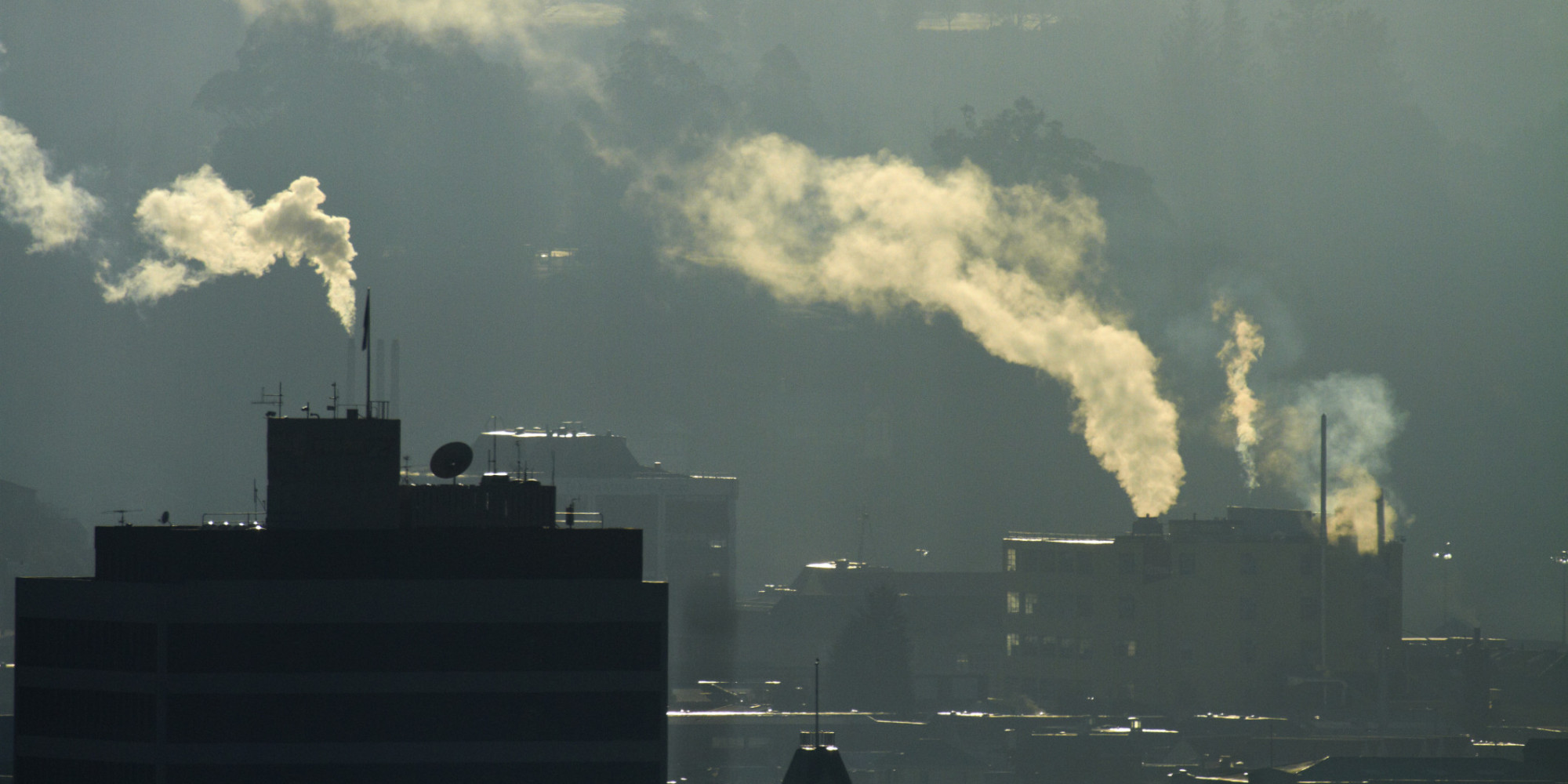
Quoting a sub-topic from the Future Proofing Cities journal: These cities face major climate hazard risks, primarily from flooding. This is a diverse group of cities located across multiple countries, climate zones, and physical geographies. These cities are also diverse economically and in population
term ranging from megacities such as Dhaka to smaller cities such as Kathmandu in Nepal. Many cities within this group have already been significantly impacted by flooding. Dhaka has experienced four major floods in the past two decades.
Within our sample, cities with high flood, cyclone, and landslide risks do not tend to be the same cities as those suffering risks to their water security due to drought as they tend to be located in less drought prone climate zones or on the coast with lower drought risk, although this dynamic could change rapidly with climate change. The cities with significant risks to their water security due to drought are covered under Type 3.
Risks and Opportunities
1. Flooding likely to significantly impact infrastructure and economies.
2. These risks are likely to intensify over time as climate change hazards intensify. This could potentially cause considerable damage to coastal cities due to tidal flooding associated with sea level rise. Increasingly severe flood conditions associated with the increased incidence of extreme precipitation likely to be a major risk for cities located inland.
3. Opportunities to boost their resilience to climate impacts though cost effective solutions to prevent potential future damage costs.
